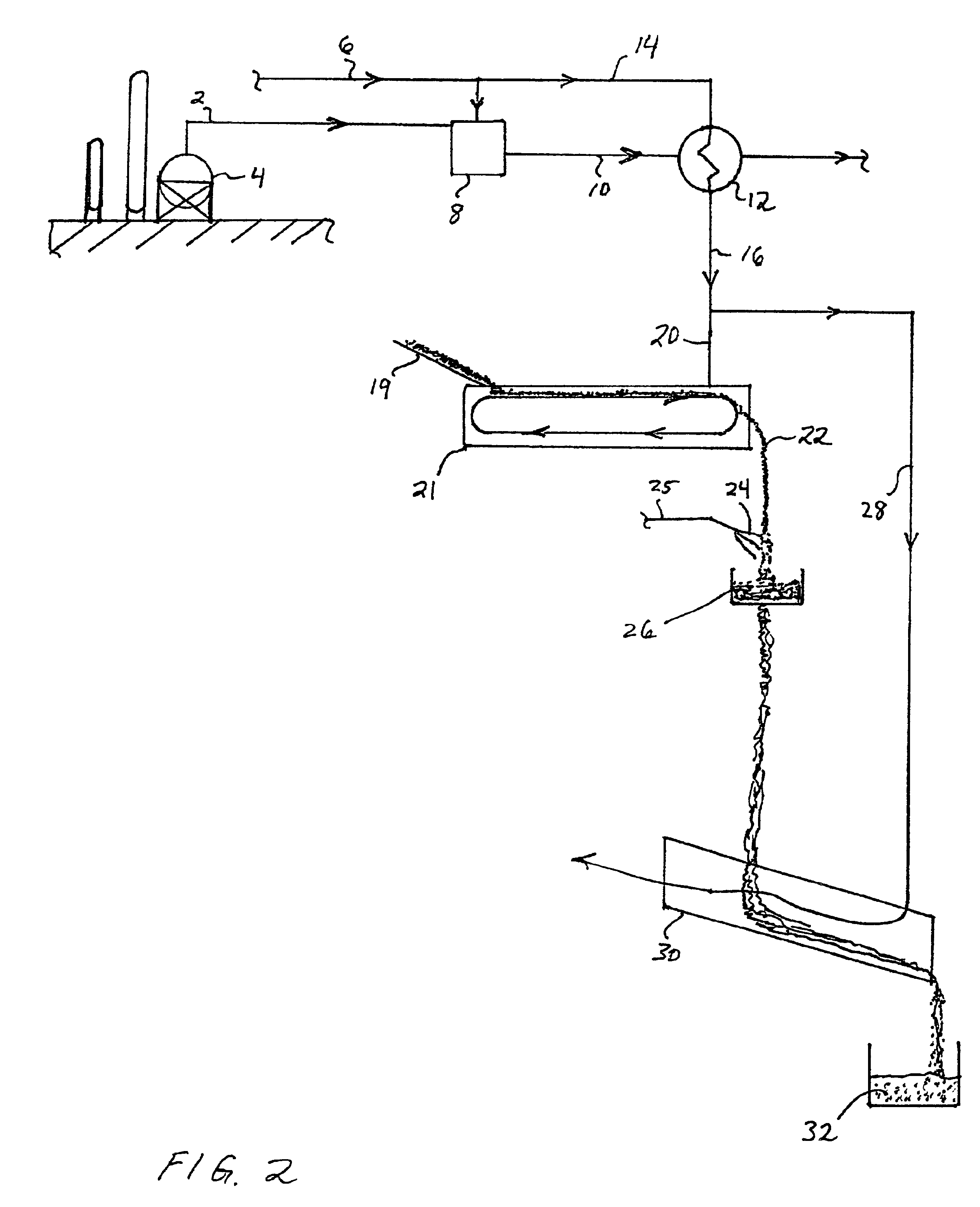Fertilizer compositions and methods of making and using same
a fertilizer composition and composition technology, applied in the field of fertilizer composition formulation and use, can solve the problems of not being economically effective under real farming conditions, unable to achieve substantial commercial success, and soluble nitrate nitrogen is particularly harmful to the environment, so as to reduce the nitrogen requirements of agricultural plants, reduce the concentration of undesirable microorganisms, and improve the yield of agricultural plants.
- Summary
- Abstract
- Description
- Claims
- Application Information
AI Technical Summary
Benefits of technology
Problems solved by technology
Method used
Image
Examples
experiment # 1
Experiment #1—Rhizosphere Stimulation
B. laterosporus (ATCC PTA-3593), 5×10^8 spores / ml, was applied to one acre of carrots at planting, emergence, and one week post emergence at 1.5 liters per application. Applications were made via drip inigation, sandy-loam soil, southern California location. A control plot was treated with water only. The same level of N—P—K fertilizer was applied to both plots. At two weeks post emergence twelve samples of rhizosphere soil were taken from each plot and co-mingled aseptically. The co-mingled samples were held at 5 C. and analyzed within 24 hours for Actinomycetes, nitrogen-fixing bacteria, and gram positive / gram negative ratio. Note: Bacillus bacteria are gram positive. Results are listed in Table 2. This data provides evidence that B. laterosporus (ATCC PTA-3593) stimulates the growth of beneficial microorganisms in the rhizosphere.
TABLE 2SampleActinomycetesN-fixingGram+ / Gram−Control1.3 × 10{circumflex over ( )}5 <1 × 10{circumflex over ( )...
experiment # 2
Experiment #2—Rhizosphere Stimulation
B. licheniformis (ATCC PTA-6175), 4×10^8 spores / ml, was applied to one acre of carrots at planting, emergence, and one week post emergence at 1.5 liters per application. Applications were made via drip irrigation, sandy-loam soil, southern California location. A control plot was treated with water only. The same level of N—P—K fertilizer was applied to both plots. At two weeks post emergence twelve samples of rhizosphere soil were taken from each plot and co-mingled aseptically. The co-mingled samples were held at 5C and analyzed within 24 hours for Actinomycetes, nitrogen-fixing bacteria, and gram positive / gram negative ratio. Note: Bacillus bacteria are grain positive. The results are presented in Table 3. This data provides evidence that B. licheniformis (ATCC PTA-6175) stimulates the growth of beneficial microorganisms in the rhizosphere.
TABLE 3SampleActinomycetesN-fixingGram+ / Gram−Control 3 × 10{circumflex over ( )}4<1 × 10{circumflex ...
experiment # 4
Experiment #4—Bacilli+Decontaminated Manure−Potato Trial
One acre plots of Chip variety potatoes, planted in central Utah, were utilized for this experiment. One plot was treated with a Bacillus spore suspension comprised of 4×10^8 cfu / ml of B. laterosporus (ATCC PTA-3952) and 1×10^8 cfu / ml of B. licheniformis (ATCC PTA-6175); one liter of this solution was applied via a sprinkler irrigation system at planting, at emergence, and at one and three weeks post emergence. Another plot was treated with 20 gallons of hypochlorite decontaminated layer chicken manure (1% of 68% active calcium hypochlorite into 30% slurry of manure, reacted for 24 hours at 25C) added in four divided applications as for the Bacillus cultures. Another plot was treated with both the Bacillus spore suspension and the decontaminated chicken manure, same levels as indicated above. Finally, two plots were maintained as controls. Control plots received water only. The base fertilizer program used for all treatment and...
PUM
| Property | Measurement | Unit |
|---|---|---|
| temperatures | aaaaa | aaaaa |
| temperatures | aaaaa | aaaaa |
| temperature | aaaaa | aaaaa |
Abstract
Description
Claims
Application Information
 Login to View More
Login to View More - R&D
- Intellectual Property
- Life Sciences
- Materials
- Tech Scout
- Unparalleled Data Quality
- Higher Quality Content
- 60% Fewer Hallucinations
Browse by: Latest US Patents, China's latest patents, Technical Efficacy Thesaurus, Application Domain, Technology Topic, Popular Technical Reports.
© 2025 PatSnap. All rights reserved.Legal|Privacy policy|Modern Slavery Act Transparency Statement|Sitemap|About US| Contact US: help@patsnap.com



